Archives
- 2025-12
- 2025-11
- 2025-10
- 2025-09
- 2025-03
- 2025-02
- 2025-01
- 2024-12
- 2024-11
- 2024-10
- 2024-09
- 2024-08
- 2024-07
- 2024-06
- 2024-05
- 2024-04
- 2024-03
- 2024-02
- 2024-01
- 2023-12
- 2023-11
- 2023-10
- 2023-09
- 2023-08
- 2023-06
- 2023-05
- 2023-04
- 2023-03
- 2023-02
- 2023-01
- 2022-12
- 2022-11
- 2022-10
- 2022-09
- 2022-08
- 2022-07
- 2022-06
- 2022-05
- 2022-04
- 2022-03
- 2022-02
- 2022-01
- 2021-12
- 2021-11
- 2021-10
- 2021-09
- 2021-08
- 2021-07
- 2021-06
- 2021-05
- 2021-04
- 2021-03
- 2021-02
- 2021-01
- 2020-12
- 2020-11
- 2020-10
- 2020-09
- 2020-08
- 2020-07
- 2020-06
- 2020-05
- 2020-04
- 2020-03
- 2020-02
- 2020-01
- 2019-12
- 2019-11
- 2019-10
- 2019-09
- 2019-08
- 2019-07
- 2019-06
- 2019-05
- 2019-04
- 2018-11
- 2018-10
- 2018-07
-
Mechanistically GW treatment modulated cytokine expression w
2021-06-23
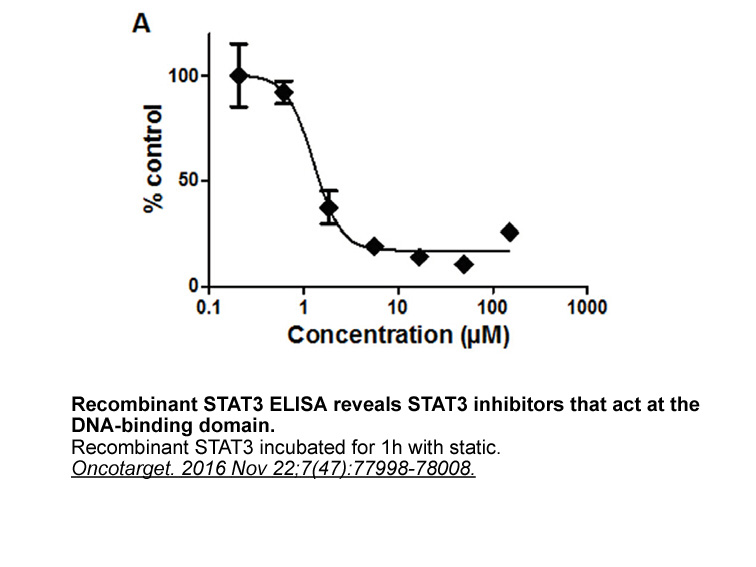
Mechanistically, GW2580 treatment modulated cytokine expression within the kidney. We noted a decrease in the levels of TNF, MCP-1, IL-1β, IL-27, and GM-CSF in GW2580 treated mice. Decreased levels of these proinflammatory cytokines likely contributed to the attenuated proteinuria and improved renal
-
br Role of CRF receptors in the BNST in stress
2021-06-23
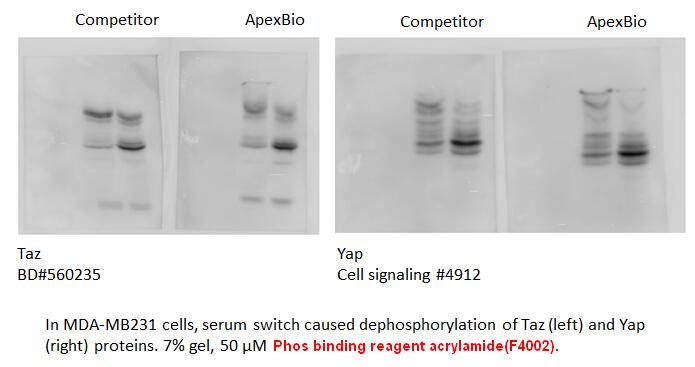
Role of CRF1 receptors in the BNST in stress-induced relapse to cocaine seeking The seminal work of Stewart and co-workers [19] showed that rats that have extinguished their auto-administration of different drugs of abuse relapse to drug-seeking behaviour when exposed to footshock, even after a 4
-
Benzamil sale The conventional medical therapy for IBD consi
2021-06-23

The conventional medical therapy for IBD consists in reducing the inflammatory response using various strategies that exert severe side-effects, a strategy that also decreases the risk of colon carcinoma [13], [14]. During the last decade, the activation of the cholinergic system has been proposed f
-
therefore It was recently reported that a functional single
2021-06-23
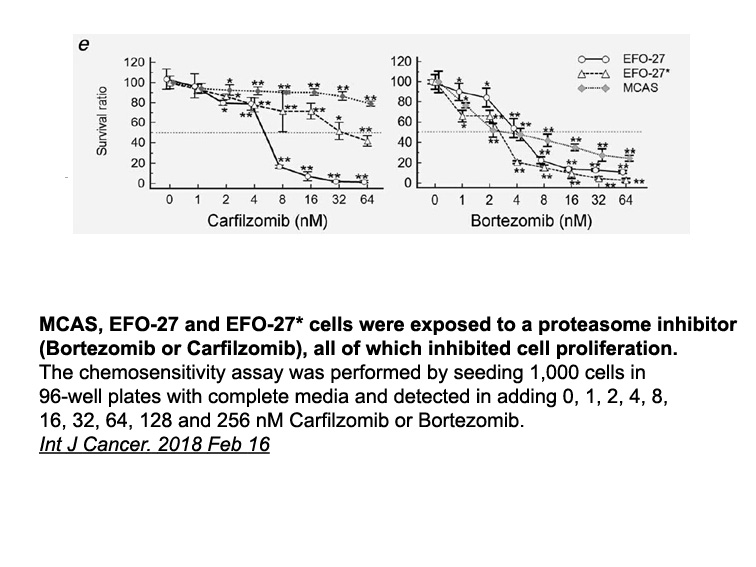
It was recently reported that a functional single nucleotide polymorphism (rs75932628) within Triggering receptor expressed on myeloid therefore 2 (TREM2) is associated with AD (Guerreiro et al., 2013). Homozygous loss of function mutations in TREM2 are also associated with an autosomal recessive f
-
Our module is designed to allow in process measurement of
2021-06-23
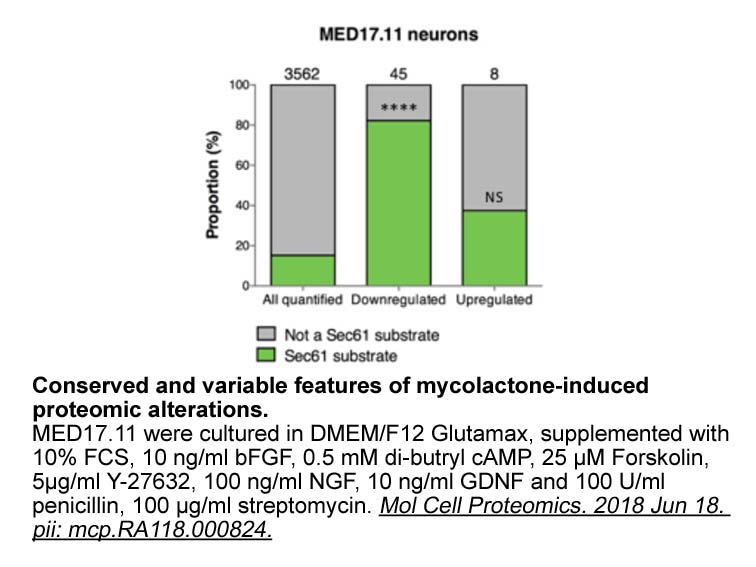
Our module is designed to allow in-process measurement of [C]-tracer molar activity (MA, GBq/μmol at EOB) using a tachykinin receptor detector with a UV detector at the outlet of the HPLC-portion of the system. In the HPLC chromatogram, peak analysis of the chromatographic data utilized PeakSimple s
-
Apparently no study has been undertaken on alterations in ch
2021-06-23

Apparently, no study has been undertaken on alterations in cholinesterase activity and its correlation with neurological disorders in clinical case of trypanosomosis in buffaloes. Therefore, the present study was undertaken to evaluate the alterations in cholinesterase activity in clinical cases of
-
It has long been known that native
2021-06-23
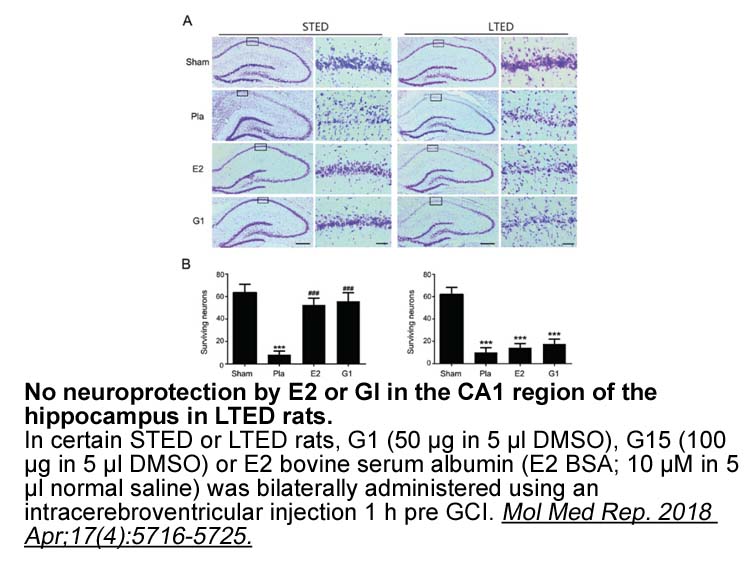
It has long been known that native BChE is a major factor in the inactivation of cocaine, an ester-type drug of abuse [190]. But recently some researchers conceived the idea that BChE mutations could improve that function to a point that would favorably impact cocaine overdose. Rapid progress was ma
-
It has been reported that
2021-06-23
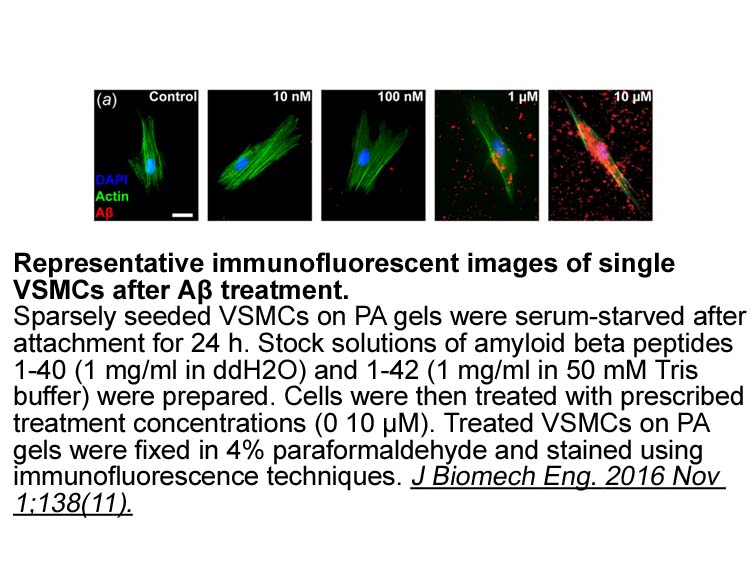
It has been reported that the ECD of DDRs require dimerization and/or oligomerization for binding to collagen.,, Here, we have established using SPR that antibody-mediated oligomerization of DDR2-Fc significantly enhances its binding to immobilized collagen type 1. Our results are consistent with ea
-
It is interesting to note that our results show a
2021-06-23

It is interesting to note that NSC 319726 our results show a very similar behavior in binding of DDR2 ECD to immobilized a-telo (bovine-dermal) versus telo- (rat-tail) collagen I as a function of its oligomeric state. Thus, the telopeptide region of tropocollagen exerts little influence on DDR2-col
-
A key inciting event in atherosclerosis
2021-06-22
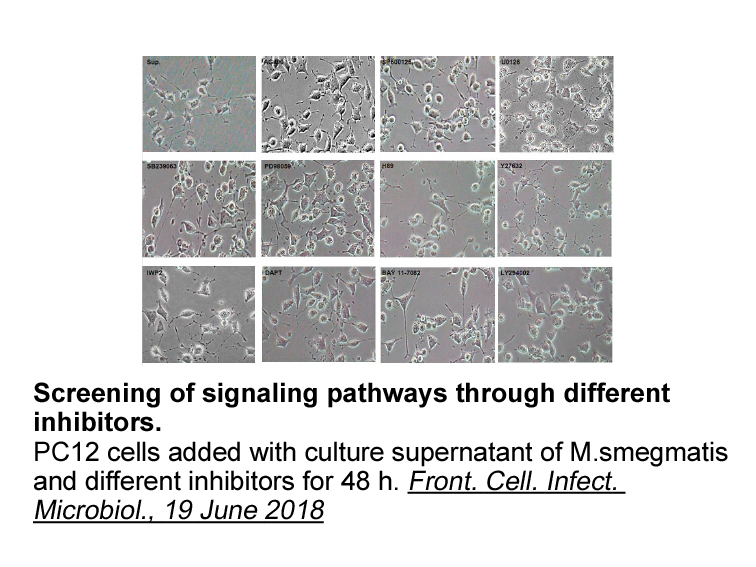
A key inciting event in atherosclerosis is the deposition of circulating low-density lipoprotein (LDL) in the subendothelial space of major arteries. In the subendothelium, native LDL is no longer protected by circulating antioxidants and is oxidatively modified to oxidized LDL (OxLDL) [5]. OxLDL is
-
NPS-2143 In the past few years neuroprotection via GLP R act
2021-06-22
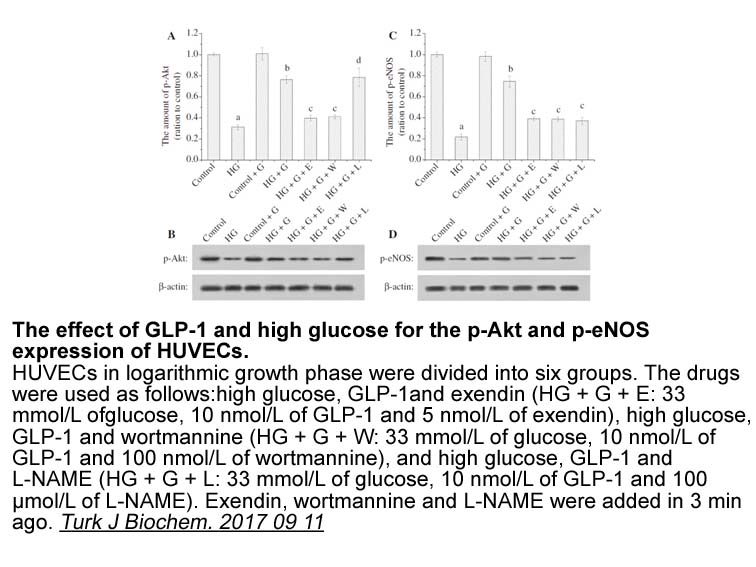
In the past few years, neuroprotection via GLP-1R activation has been shown in several animal models of stroke, Alzheimer's, Parkinson's, Huntington's, ALS and traumatic NPS-2143 injury. This research field is rapidly growing and several reviews have been recently published (Darsalia et al., 2014b,
-
Recently naphthoquinone derivatives have shown promising res
2021-06-22
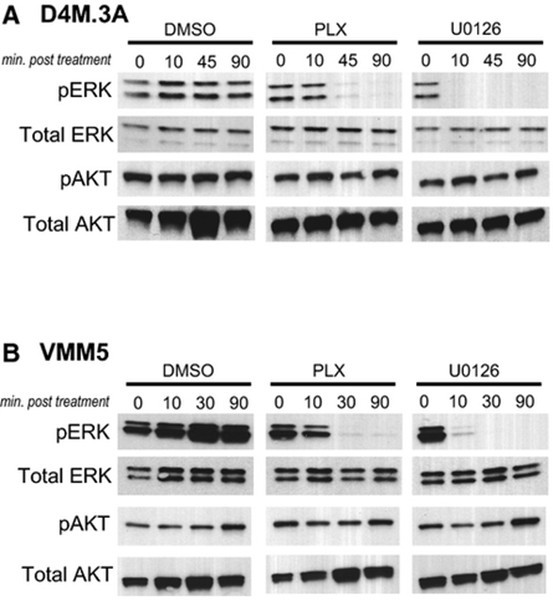
Recently, naphthoquinone derivatives have shown promising results as antiparasitic lead compounds [28]. Conjugated hybrid compounds could be an effective path to discovery of new drugs by associating two different pharmacophore groups with different mechanisms of action in a single molecule [29,30],
-
Dexamethasone DEX a potent synthetic glucocorticoid drug is
2021-06-22

Dexamethasone (DEX), a potent synthetic glucocorticoid drug, is effective for treatment of a range of inflammatory and autoimmune conditions as well as the reduction of side effects associated with chemotherapy. On the Czech Republic pharmaceutical market, DEX is incorporated into eighteen drugs use
-
br Future direction and conclusion br Conflict of interest b
2021-06-22
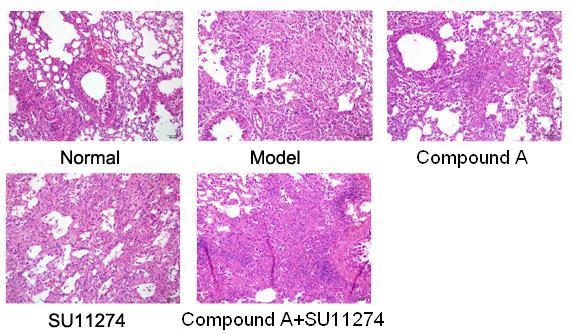
Future direction and conclusion Conflict of interest References and recommended reading Papers of particular interest, published within the period of review, have been highlighted as: Introduction Colony stimulating factor-1 (CSF-1; also referred to as the macrophage-colony stimulating
-
We thank Dr Hongqiang Qin at Dalian Institute of
2021-06-22
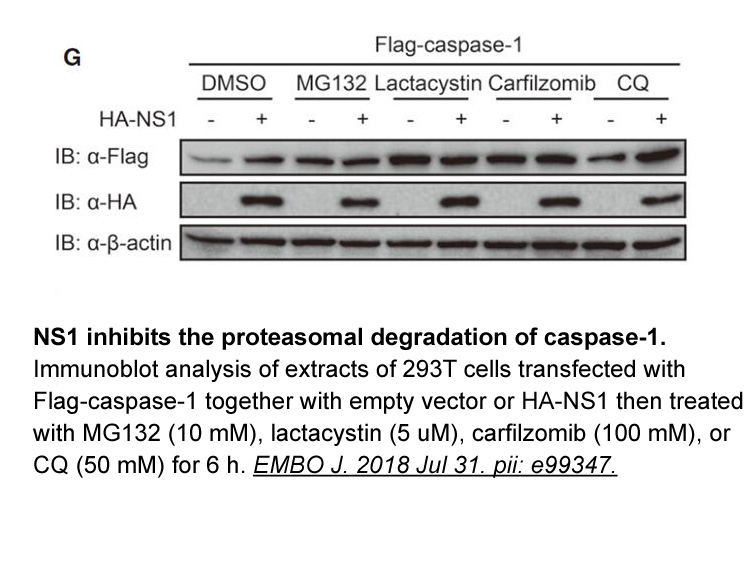
We thank Dr. Hongqiang Qin at Dalian Institute of Chemical Physics, Chinese Academy of Sciences for technical assistance in mass-spectrometric analysis. We thank Prof. Quentin Liu at Dalian Medical University and Prof. Qiang Shen at M.D. Anderson Cancer Center for helpful discussion and comments. Dr
16019 records 615/1068 page Previous Next First page 上5页 611612613614615 下5页 Last page